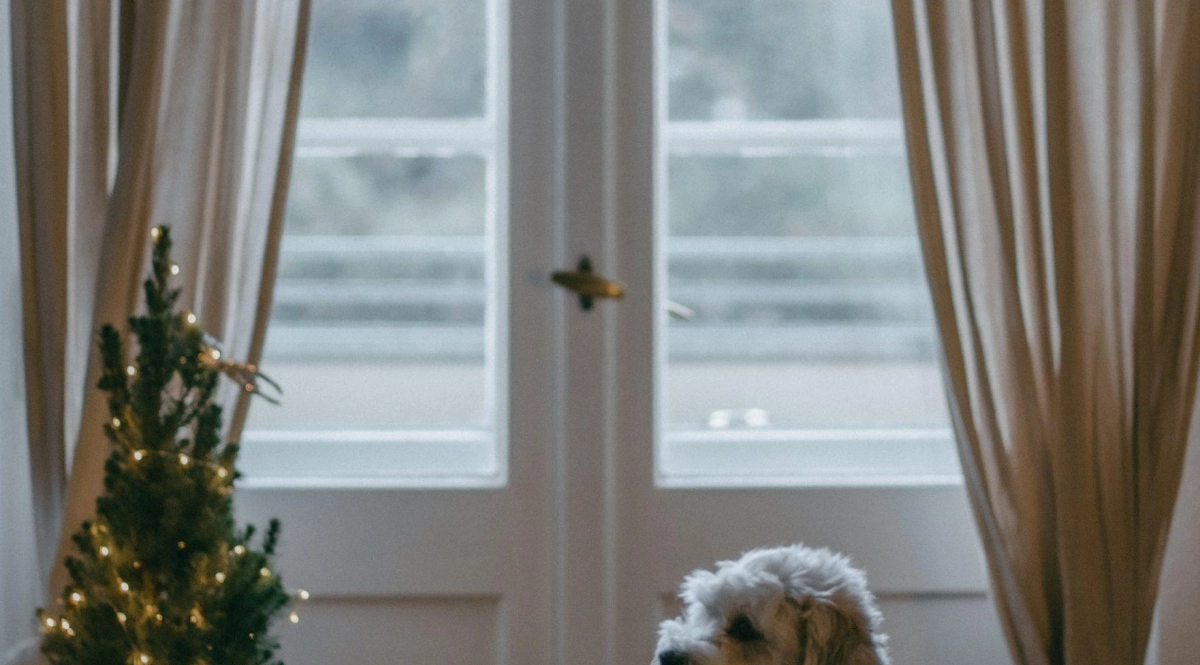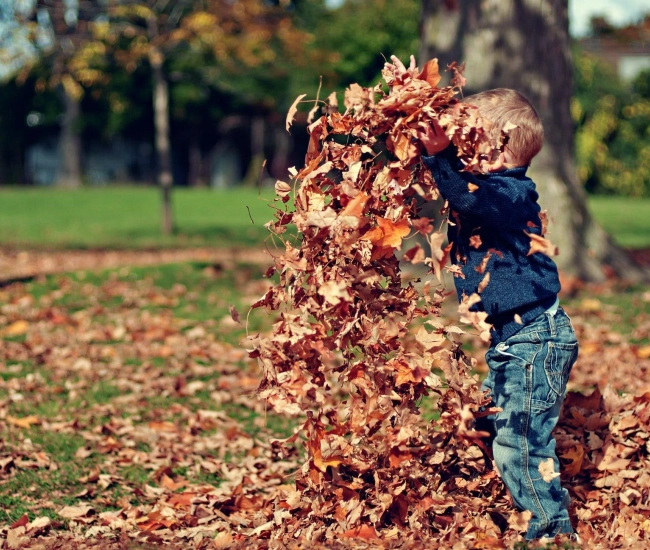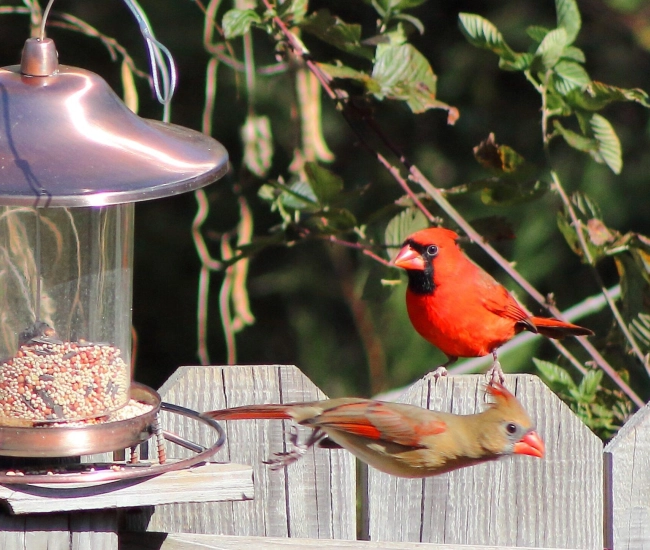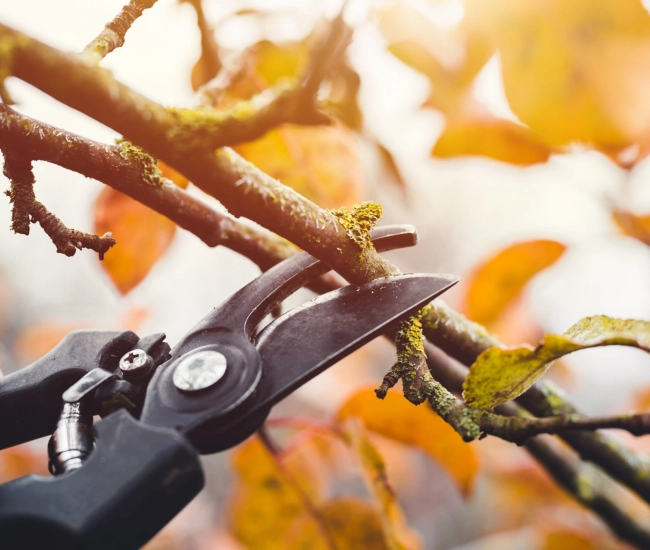
What would Christmas be without the majestic tree reigning as king in the heart of the room? What a joy it is to open the ornament boxes neatly stored for a year and take the time to place each light, garland, and bauble in the perfect spot! When you set up your tree, despite the excitement, the same question arises every time: is it eco-friendly? Natural tree, artificial tree, or other types of Christmas trees, here are some ideas to help you make an informed choice for a more eco-responsible Christmas.
Natural Christmas Tree
Natural Christmas trees grow in forests or plantations, and those sold here are often grown nearby, making them a relatively local choice. Cultivated Christmas trees available for sale spend between 7 and 10 years in nature producing oxygen and capturing CO2 and other pollutants. Even if we use it for only a few weeks, Christmas is not the end for the tree, which will have a second life as it will be recovered and transformed into compost, chips, or food for certain animals. It seems to be a logical choice for the most eco-conscious among us. But one must wonder if the tree would have been better off remaining in its natural state to continue its environmental mission rather than being cut down in the prime of its useful life for the simple pleasure of the eyes. One should not neglect its maintenance either. In the first days after entering your living room, your natural Christmas tree will require up to 4 liters of water per day! Its consumption will decrease over time, but it will need to be watered throughout its stay with you to prevent it from drying out and losing all its needles. Note that it will still lose a good amount: another element to consider when making your choice.

Artificial Christmas Tree
Artificial Christmas trees sold in garden centers or large retail stores have, of course, been produced in factories and often far from here. Therefore, one must consider the pollution caused by production and transport. However, the lifespan of synthetic Christmas trees is much longer than that of natural trees. If you're the type to keep your things for a long time or give them a second life by donating them to the less fortunate, this option might be better for you. It is said that it takes about 10 years for natural and artificial to meet on an environmental level: can you do it? Also, consider maintenance; once purchased, your tree requires no special care other than proper storage.
Alternatives to the Traditional Christmas Tree
It's true that traditions are important and that the Christmas tree brings us back to our most precious childhood memories, but it is possible to innovate and transform the tradition a bit to align it more with our lifestyle choices.
The Potted Tree
Trees are not very well adapted for indoors. It is possible to keep a potted tree in the house year-round, but it's a lot of work. Some potted plants, subtropical conifers, can be found in garden centers and can play the role of a Christmas tree but survive well beyond the holiday season. This is the case for Norfolk pines and golden cypresses, which can live indoors for many years. A few decorations during the holidays and you're all set.
The Wall Tree
If you don't have the space or desire to have a traditional tree, you can innovate and use all kinds of materials to create a wall tree:
- Attach a few branches of greenery of different sizes to recreate the shape of a tree. Add a few ornaments and string lights.
- Gather tree branches with string and arrange them in a triangle to mimic a tree.
- Group images or Christmas cards and place them to remind you of the shape of a tree, topping it all with a beautiful golden star.
- Wrap garlands of greenery or other materials around a triangular metal or wooden structure and weave twinkling light strings through it.
The New-Style Tree
You can also innovate further by creating a tree that reflects you, by stacking books or gift boxes, for example. You can also go miniature by sticking small beads on a lovely rosemary plant or covering a conical moss structure with succulents. Think recycling: wooden pallets, glass bottles, packaging cartons, metal hangers... With a bit of imagination – or a quick visit to Pinterest – you'll discover tons of possibilities!
Visit your Passion Jardins retailer to choose your tree or stock up on inspiration and ideas for a joyful, eco-friendly Christmas!
Tips and advice



